- 15min
- 11182
- an opinion
Over time, different furniture pieces will inevitably wear down and see their better days; As an example, sofas and couches are the ones you need to renew or throw out every once in a while. Our recommendation is to save up money and fix your sofa or couch. To do so, you can get into the job yourself, hire a repairman or take the sofa to the repair shop, the last two pieces of advice may be costly and hassling to you, but if you can fix the couch yourself, you are a family hero. Here we will help you find out how to become one; our goal is to write easy-to-follow instructions to repair all your sagging sofas with the needed Ronix tools. Follow these general steps to get the main idea on how to fix your couch:
How to Fix a Sagging Couch
A sagging couch repair can have many different shapes and require different tools. To do this, first, you’ll need a comprehensive list of things you’ll need for your DIY project. Then we can move on to telling you what steps you need to take to repair each part of the couch with different kinds of damages. To repair a sagging sofa, you’ll need to do the following:
Inspect Your Couch

Worn out cushions, lousy frame, or old springs can be the result of a sagging couch. If there is a problem with cushions, fixing them is easy, but if there is something wrong with the springs or the frame, you can fix them using various Ronix tools depending on the damage level. Check your couch to find the cause of the sag;
- Search for probable broken frames, springs, or sagged cushions.
- Turn over the cushions and inspect them carefully.
- Check to make sure whether the wood in the frame is broken or not.
- Inspect the couch to see if there is a bent or damaged spring.
Choose the Right Tools Needed
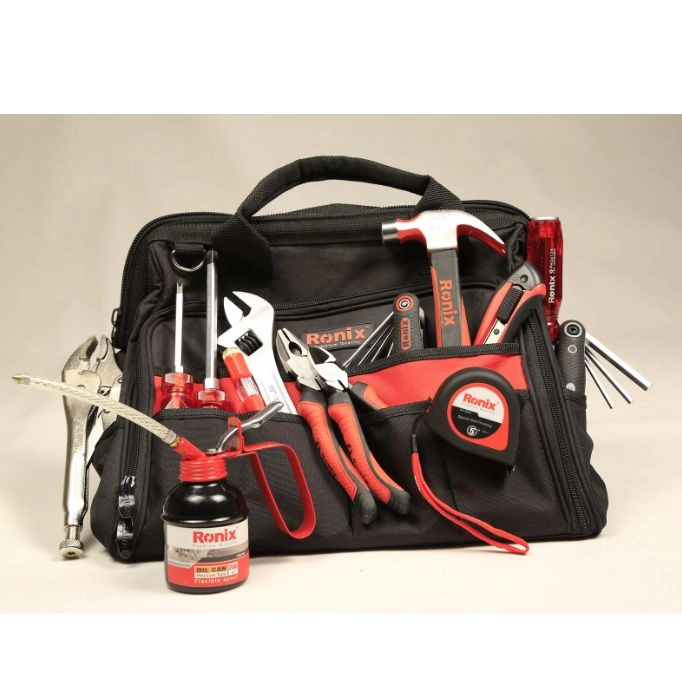
After searching and finding problems, you will feel the need to choose a set of tools like screwdrivers, pliers, screws, sandpapers and, etc. Remember to pick out the right and to-the-point tool since your job’s success level depends on your set of tools; the following tools should be available in your armory in case you want to repair a couch or sofa.
Order Wholesale pliers Designed to Attract Customers
- Drills
A cordless power drill is highly satisfying in upholstery projects; it can drill holes and drive screws or nails into the mostly wooden workpieces. To ease the drilling process, a light drill with an LED light is fulfilling. Ronix cordless drills can do the job for you; check out the following link.
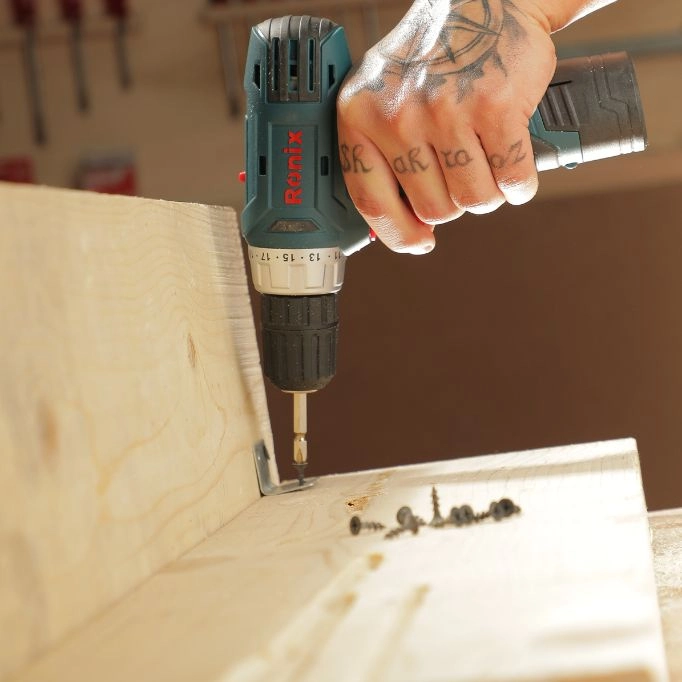
- Screwdrivers
Buy a screwdriver with large handles to provide a good and comfortable grip; We recommend you to buy a screwdriver with suitable blade width to match the slot. Ronix has manufactured such described screwdriver; tap on the following link to find more about our screwdrivers.
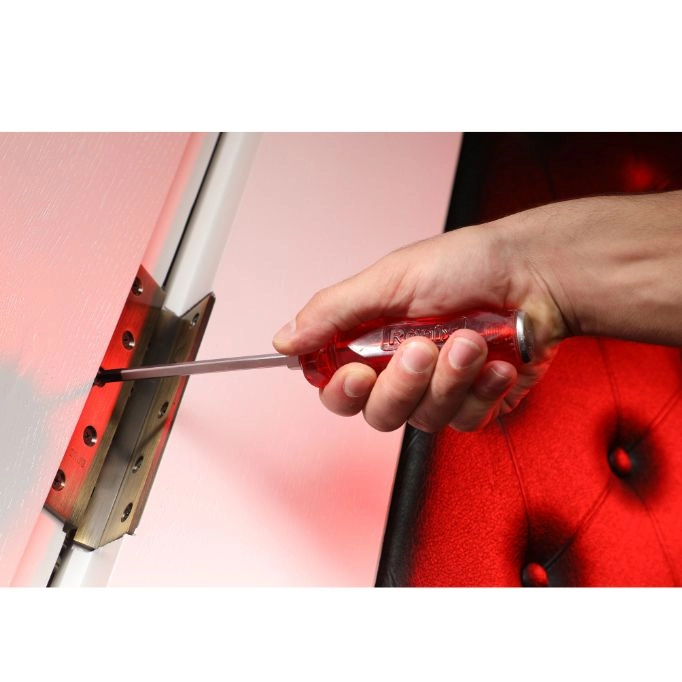
- Pliers
Buy a set of pliers, including slip joint pliers, long nose pliers, and end-cutting pliers.
Pliers smaller in size are appropriate for domestic use, like tight upholstery working spaces. A good choice is steel pliers since they are durable and long-lasting; Ronix has manufactured your needed pliers, check out the following link.
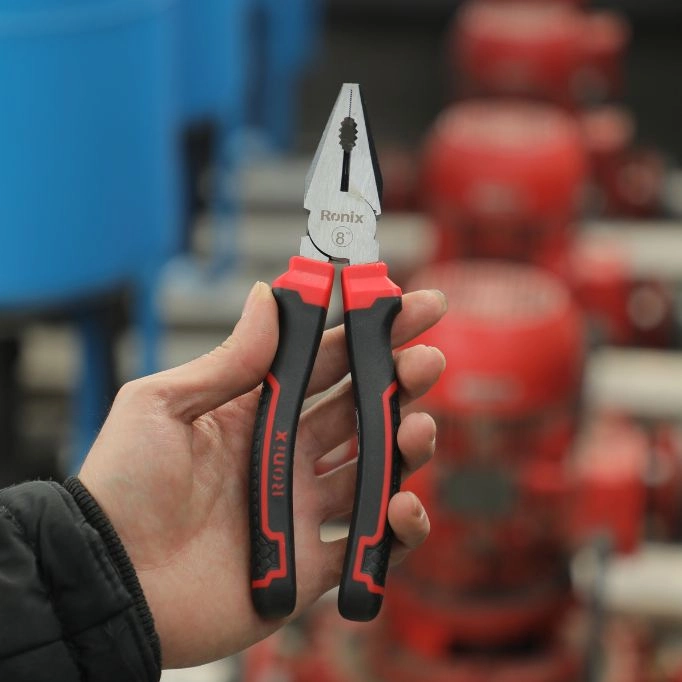
- Handsaws
Sawing operations in couch restoration processes need a small handsaw with a smooth cut and fine teeth to answer your cutting needs. The job gets more comfortable and faster if you use a motorized, electric saw; fortunately, Ronix handsaws will satisfy you.
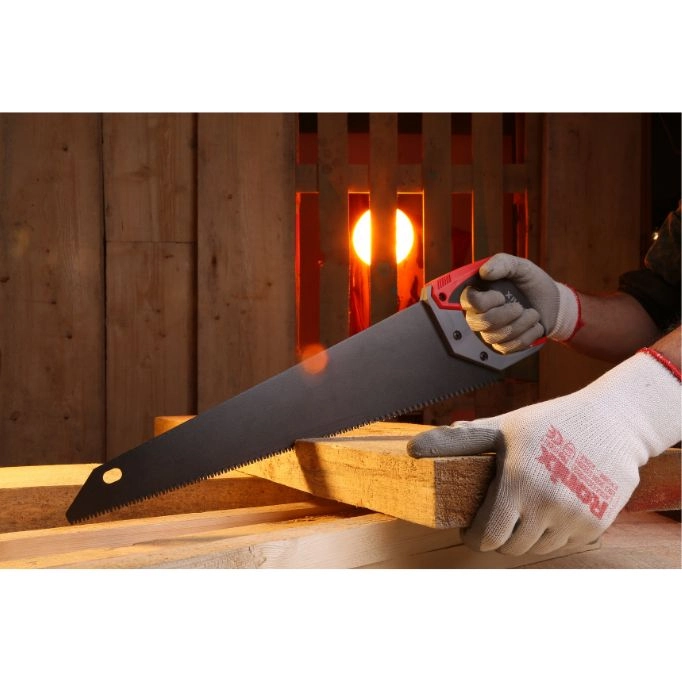
- Hammers or Mallets
If the joints need to be nailed, hammers or mallets will be of great help; standard claw hammer and rubber mallets are ideal for sofa repairing purposes.
Remember to buy a hammer with fine inside edges and sufficient claw curve to receive fulfilling leverage.
Rubber mallets come in highly handy in furniture repairing since you can pound the furniture using them with no marring or denting; rubber mallets help you as the user to knock the wooden couch frame apart before you want to reglue it or tap the joints you just reglued.
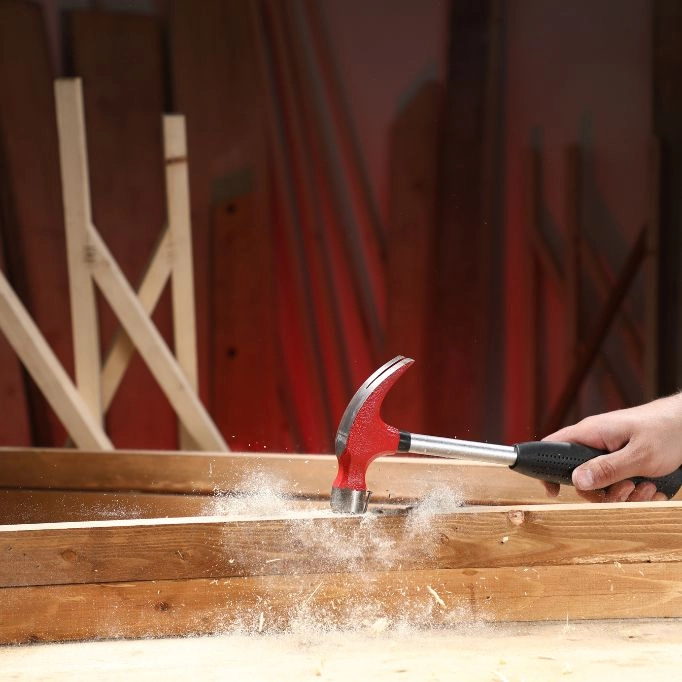
- Scissors or Fabric Shears
To cut fabric patches -if necessary- to the appropriate size and shape, you’ll need scissors or fabric shears.
- Needles and Pins
You might need to sew fabric pieces so needles are crucial to do so. The sewing process can also require pins to hold the fabric in place.
- Tape Measure
This one’s needless to explain as you can not get projects like sofa repairing done without being precise and exact. You can use good old Ronix RH-9074.
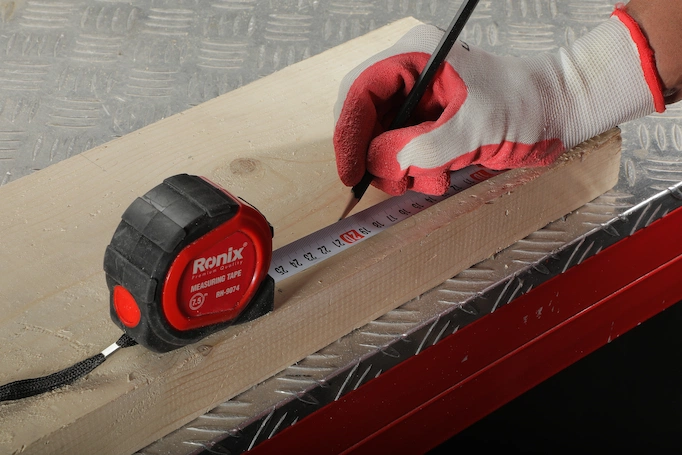
Leather Sofa Repair Kit
Although you can use these tools to cover a wide range of sofa-repairing projects, there are some projects for which particular tool kits are provided in the market. For instance, if you want to repair a leather couch, there are repair kits specifically designed for this purpose. We’ll discuss the process of how to repair a leather sofa but first, as the tools needed for this application, a kit includes:
- Leather patches or fillers
- Adhesive or glue
- Applicator tools
- Leather dye or color-matching solutions
- Sandpaper or abrasive pads
Now let’s move on to see what needs to be done for each part of couch for doing a couch repair.
Couch Fabric Repair
It is possible that all you need to do for a sofa repairing is just mending the fabric and you’ll be good to go. Different types of damage can be done to a couch. For each damage, there are particular things you can do.
How to Repair Holes in a Couch
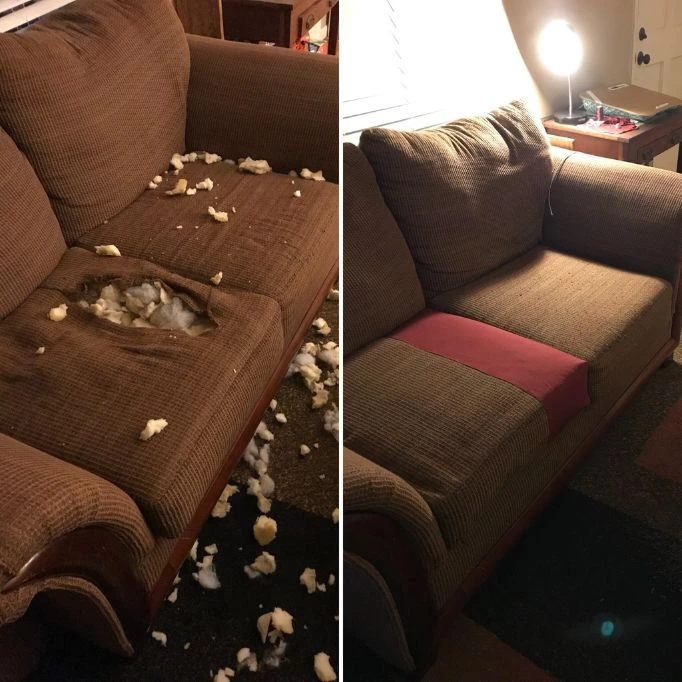
There are several steps in the process of sealing a hole shot to fix a couch or get rid of it in a way.
- Prepare the area by trimming any loose thread around the hole or tear with scissors
- Cut the patch a bit larger so you can cover it completely
- Apply liquid seam sealant to stop the fabric from tearing any further
- Use an upholstery needle and a heavy-duty thread to stitch the tear together
- Use a patch with -preferably- the same fabric as the couch itself to cover the stitched area
- Smooth and blend the fabric with an iron if the patch is iron-on
- Let the patch set or dry if you’re done with the gluing part
How to Repair Cigarette Burns on a Couch

Another thing that might require you to do a sofa fabric repair is a burn mark on it. It may be made as the cause of a cigarette burn or other stuff that can burn your couch. The steps for repairing cigarette burns are pretty much the same as fixing a hole in a couch.
The only thing that can be different is the fact that
Prepare the area: Trim any loose threads or edges around the burn using scissors or tweezers.
Cut a patch: Cut a fabric patch slightly larger than the burn. Ensure it matches the color and texture of the couch fabric.
Apply fabric glue or sew: Use fabric glue around the edges of the patch and press it onto the burn. Alternatively, carefully sew the patch over the burn, ensuring it’s securely attached.
Smooth and blend: If using an iron-on patch, follow the instructions provided with the patch to adhere it properly. Use an iron to smooth out any wrinkles or bubbles.
Optional: If the burn has left a hardened or raised area, very lightly sand it with fine-grit sandpaper to level it out. Be extremely gentle to avoid damaging the fabric.
Let it dry or set: Allow the glue to dry completely or the patch to set according to the instructions.
Sofa Bed Repair
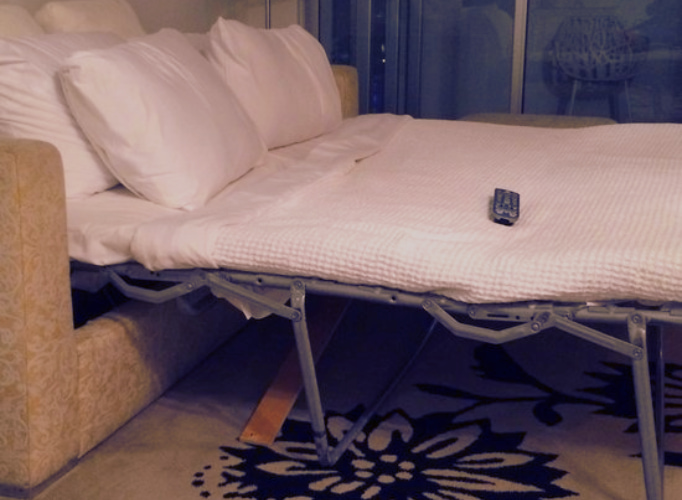
The process of a sleeper sofa repair concerning the sofa fabric repair, is the same as repairing a regular sofa. But as a sofa bed has its specific mechanisms and can face issues, there are certain things you can do to overcome them.
If the folding mechanism that helps turn the sofa into a bed is faulty and doesn’t work, first check for any obstructions or misaligned parts that might’ve caused the problem. Then try using lubricants to make the folding process smoother.
In a more dire scenario, the hinges or the latches might be broken in which case you’ll need to remove the sofa fabric and replace the hinges. To do this, you need to first unscrew the broken parts using a screwdriver. As the space might be small or out of reach, using a small, electric screwdriver is in order. Then, if repairable, use pliers and screwdrivers to tighten or adjust the parts. If not, carefully remove the broken parts and replace them with new ones by screwing them securely in place.
After you’re done, it’s best to do a test to make sure the hinges or latches have the right function and make the necessary changes for a smoother operation.
All in all, to do a sofa repair like this, it might be easier to seek professional help as it’s a bit more complicated.
Sofa Upholstery Repair

A sofa or couch upholstery repair process is the same as one for a couch repair. The only additional tips we can give you are:
- Test any repair methods in an inconspicuous area to make sure it doesn’t damage your material more.
- For more intensive damage, it might be beneficial to consult a professional upholsterer or furniture repairman.
- Choose fabric patches that match your existing fabric best to have a seamless finish
Sofa Recliner Repair

If you want to know how to fix a couch recliner, there are some rather easy steps similar to fixing a bed sofa.
- Assess the problem to see if the recliner is sticking, not locking in place, or not reclining
- Inspect and clean the area to remove any debris or dirt so you’ll have a clean sofa repairing session
- Lubricate the moving parts to enhance smoothness if the recliner has trouble moving
- Replace broken parts if the situation is more dire and you need to replace the parts completely
- Check the joints to see if they are loose and apply wood glue to reattach the pieces and keep them in place with clamps. You can also use screws to have a more secure bond.
- Patch tears or rips if there’s any. You can use the instructions to fix the fabric.
How to Fix a Couch Frame
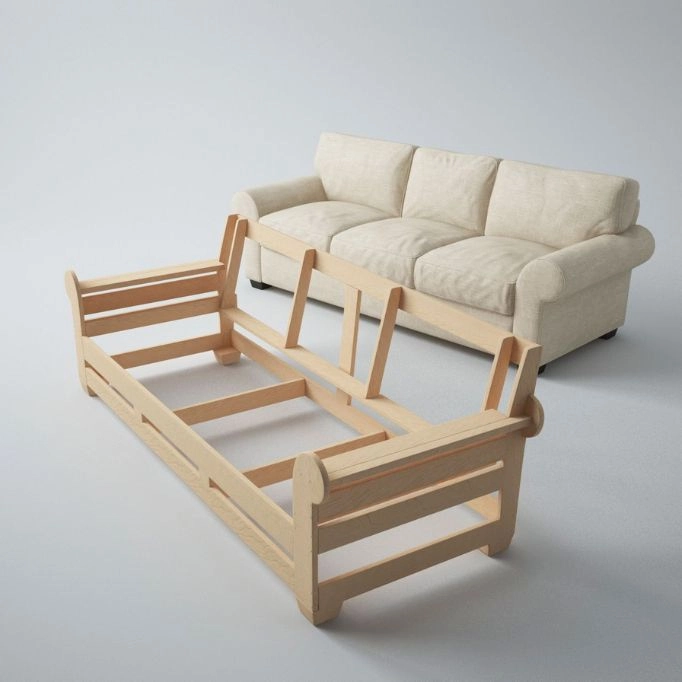
Looking to know how to fix a couch with broken wood? It usually happens when you sit on your couch cushion, and it sinks to touch the floor. If this has happened to you, remove the sofa cushions and turn them over; Look for broken wood pieces or torn fabrics in the couch frame.
A cracked or bowed-out wood has to be replaced; to do so, you need to consume some time and remove upholstery fabric and dust cover fabric on the bottom; If the wood pieces are broken underneath the couch, springs are not going to be supported by them consequently; so, you need to replace the wood piece and reassemble the couch again.
An example couch-fixing list of tools includes screwdrivers, screws, glues, markers, staple guns, and hammers.
- Screwdrivers are typically used for screwing and unscrewing operations. A manual screwdriver suffices for upholstery projects, but a powered one is good for you if you crave speed.
- To form strong glue bonds and create durable joints, a wood glue with strong adhesive sealant can hold wood pieces tightly.
- When the repair process is accomplished, a staple gun becomes useful to drive metal staples into the job surface. You can check out Ronix staple guns.
Sofa Spring Repair
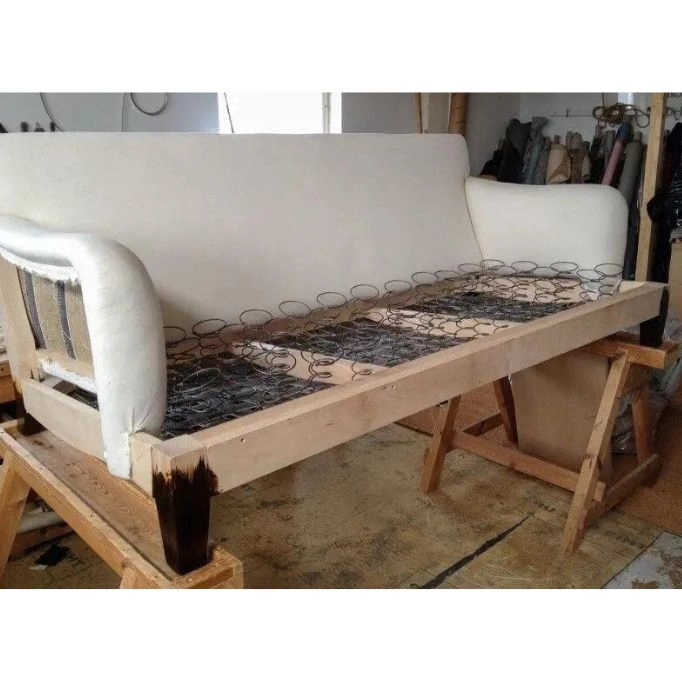
Looking to know how to fix couch springs? It’s not as complicated as you imagine. Just get your locking pliers ready and let’s go!
Check out to see different types of springs used in your couch, and find out whether your springs are zig-zag type or coiled. Your springs may be bent, broken, or loosened; If they are bent, you may be able to repair them yourself, but loosened springs have to tighten with a few tools; use pliers to twist or bend the springs and turn them to their actual shape. Our recommendation is Ronix RH-1412. In case they are broken, to do a couch spring repair, you need an upholsterer’s help. Be gentler in this step because if the springs are twisted harshly, they snap consequently and you will have to replace them. Most modern couches have zig-zag springs; however, older couches have coiled springs, and some sofas may not even have springs.
Bolt cutters, markers, staple removers, and drills fulfill approximately all spring-related problems.
- In case you desire to change the springs, the new springs might not fit beneath your couch, so the bolt cutters are helpful to cut the springs.
- To mark on the springs and cut them, chalk or marker is essential. Marking on the springs and then cutting them provides you with the right measurement and, as a result, a cleanly done job.
- Upholstery staple remover pulls out the staples, you should place the head under the staple, and the staple comes loose and it easily gets out; a wire cutter with an extremely small nose can do the same job too.
Couch Cushions Repair
A sofa cushion repair is dependent on whether your cushions are sagging, flattened, or have torn fabric, you’ll need to take different approaches.
Couch Cushion Foam Repair
Open up the cushions if they are too soft and add more fillings to them. Check the batting and the foam too, battings are typically made of wool, cotton, or a mix of polyester materials. The foam might have some dents, and you may want to replace it. In case the batting is worn out, get by with just replacing the batting. To fix sagging couch cushions, we suggest some steps to be considered; the steps are as follows:
- Firstly, remove the cushions and unzip them from the side
- Take out the foam; if the foam is wrapped in batting, remove it.
- Replace the low-density foam with a high-density one.
- Insert the foam and batting into the cushion to fatten them up again.
- Zip up and place the cushions on the couch
After you’re done with adding the padding to your cushions, you can either leave the cushions on the frame or secure them with zip ties or upholstery clips. In the end, add extra batting or foam if necessary.
Torn Cushion Fabric
Doing this is the same process as the sofa fabric repair.
Leather Sofa Repair: The Basics
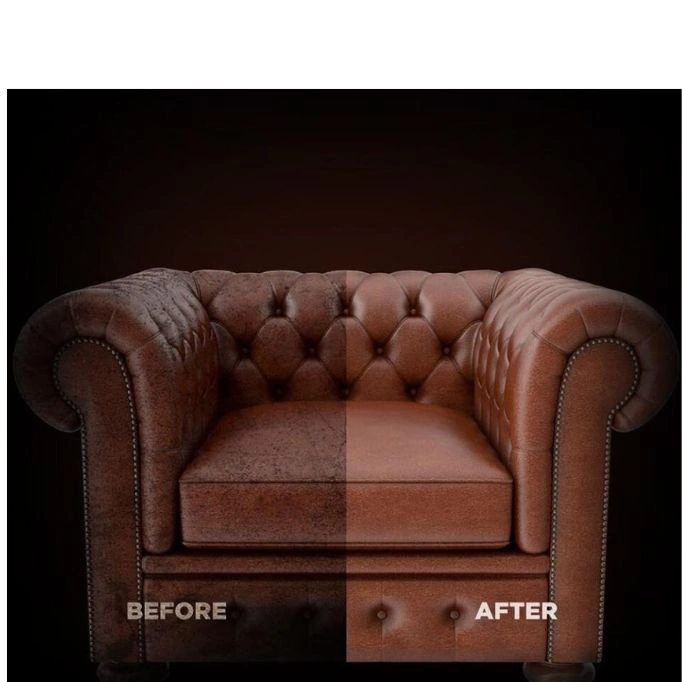
You might have a minor scratch on your leather couch or a big tear. To do a leather couch repair you’ll have to deal with scratches and tears differently.
Leather Couch Scratch Repair
If you have minor scratches or tears on your leather couch, here are some tips to help you address them
- Clean the area: Begin by cleaning the affected area as your first step in the repair process. You can effectively clean the area using a leather cleaner.
- Trim the edges: Use sharp scissors to cut away any loose edges near the tear.
- Recondition the Leather: Recondition the leather by selecting a leather filler that matches the color of your leather
Leather Couch Tear Repair
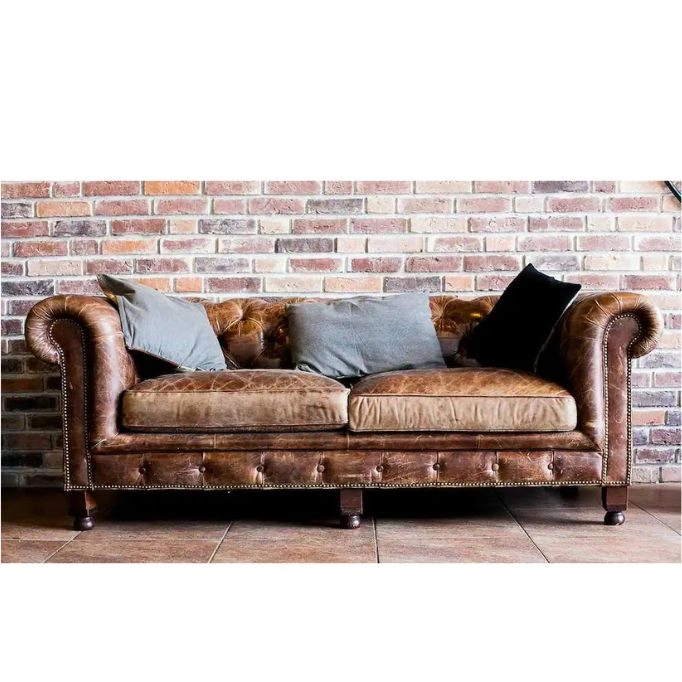
If you’re dealing with more significant tears and you want to know how to repair your leather couch, you’ll need to:
- Clean the area: remove all the debris and dirt
- Prepare the patch or filler: cut a piece of leather patch to place in the torn-up part of your couch. Smooth it out and let it dry.
- Apply adhesive: an adhesive that can be used on leather is what you need to secure the patch in place.
- Smooth and blend: if there are any rough edges, buff the repaired area gently with a really fine-grit sandpaper
Firm-looking couches and sofas provide comfort and make your home seem more attractive. Sometimes you rather fix the sagging sofa since it’s of high quality, it has sentimental value, or you want to save money. Whatever your purpose is, this article helps you extend your furniture life by taking advantage of how to fix couch frames with Ronix tools and guides.
FAQs:
Is it worth to repair an old sofa?
If the damage is not that dire, using the right tools you can repair your sagging sofa yourself. If not, it’s better to ask a professional repairman to fix your sofa.
How to repair a leather sofa at home?
You can use a patch to fix the torn-up or scratched parts of your leather couch at home.

Sara
16 February 2021

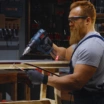


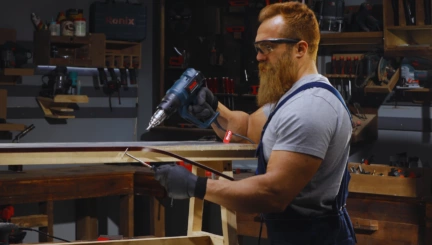
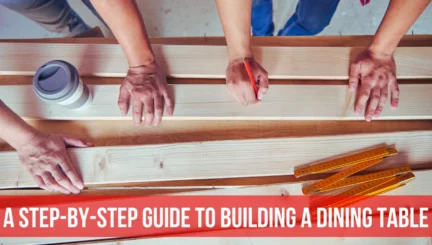
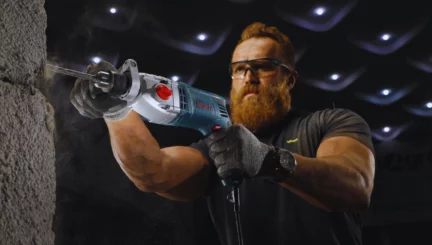

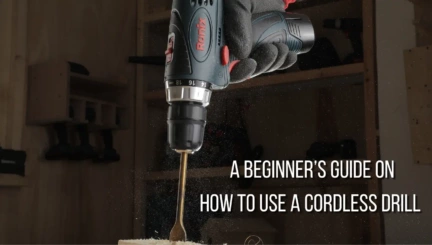

It is appropriate time to make some plans for the future and it is time
to be happy. I’ve read this post and if I could I wish
to suggest you few interesting things or suggestions.
Maybe you could write next articles referring to this article.
I wish to read even more things about it!